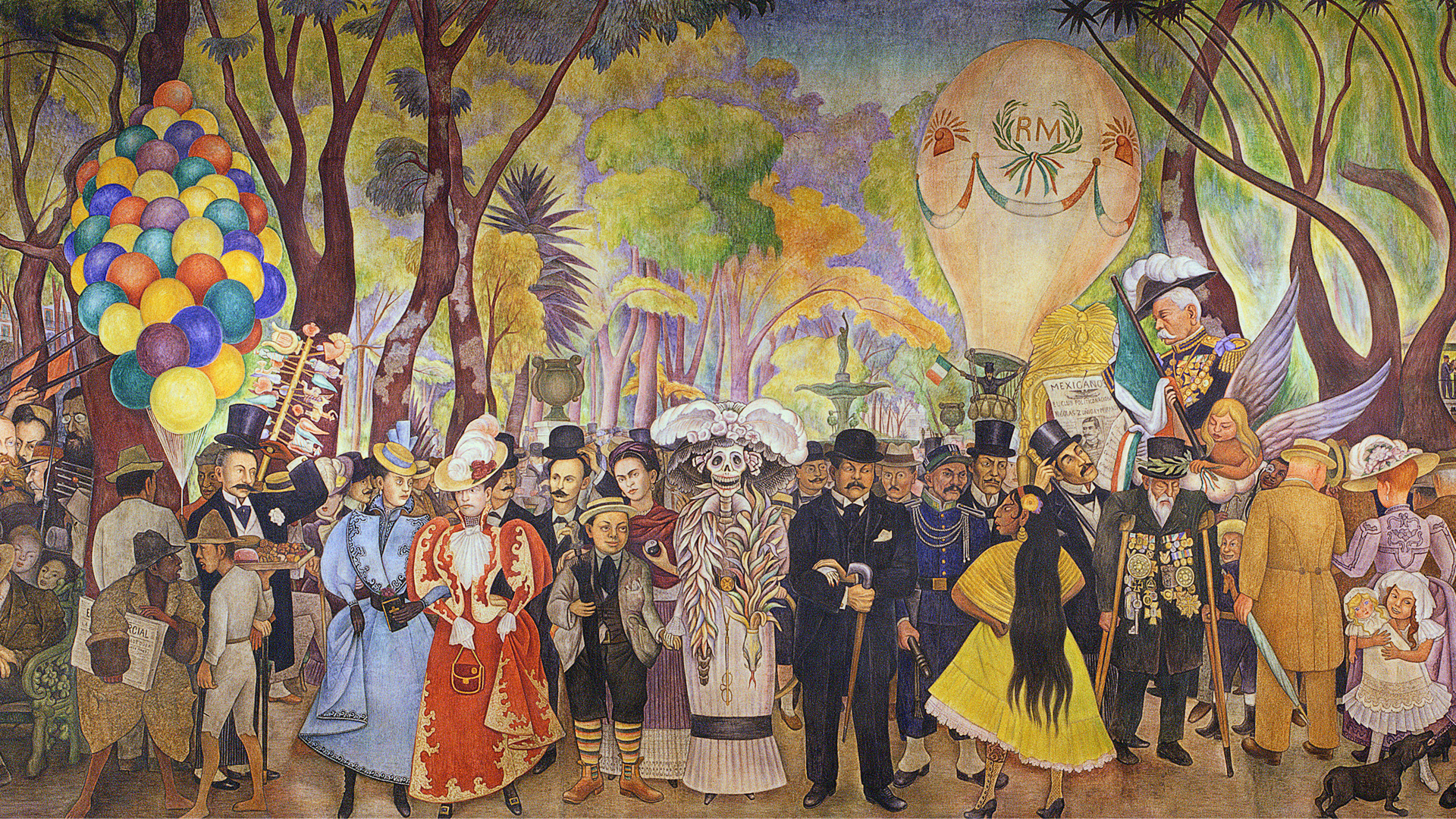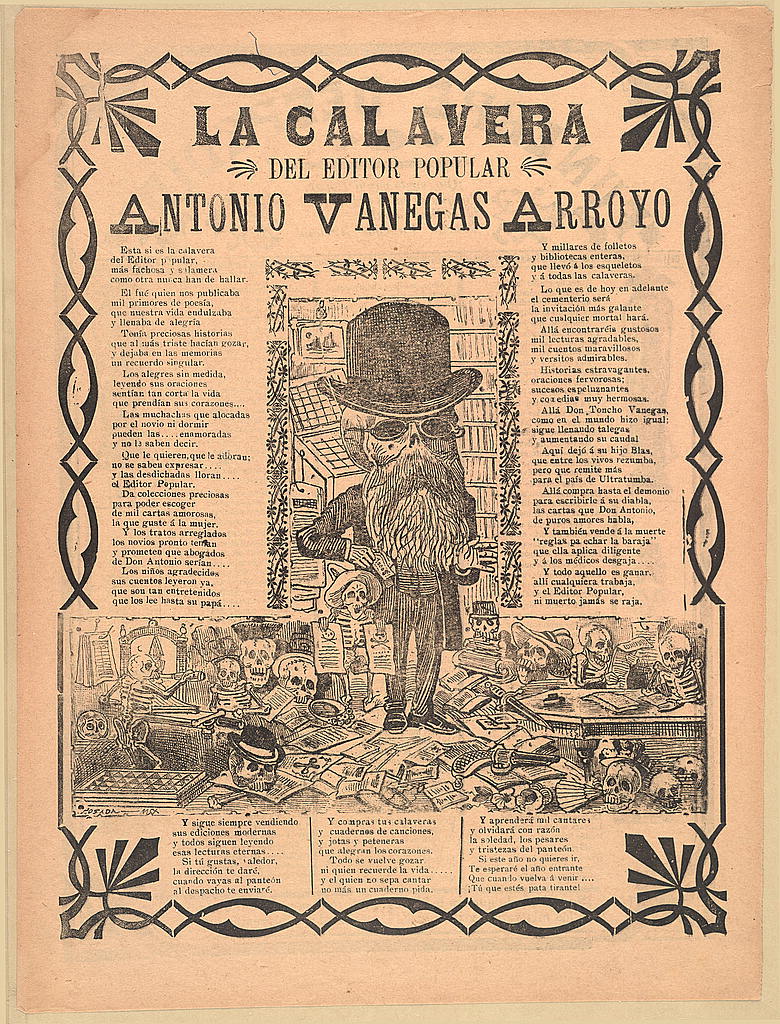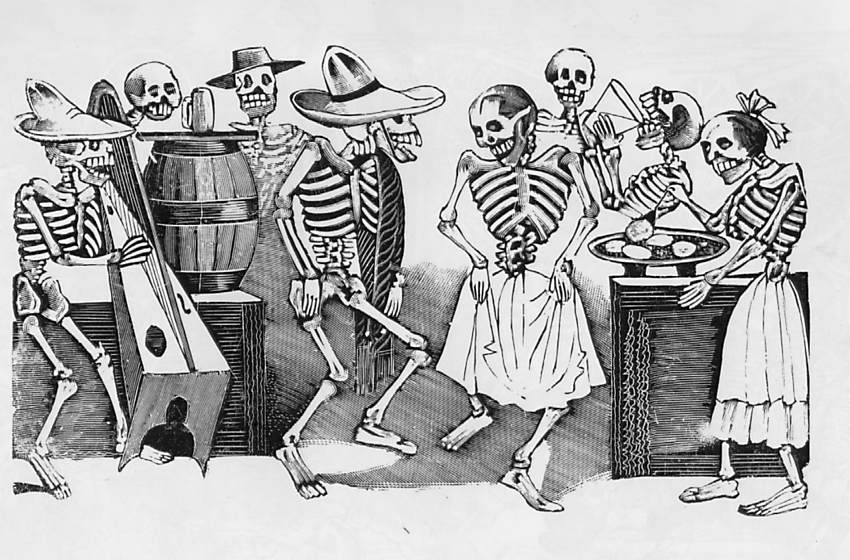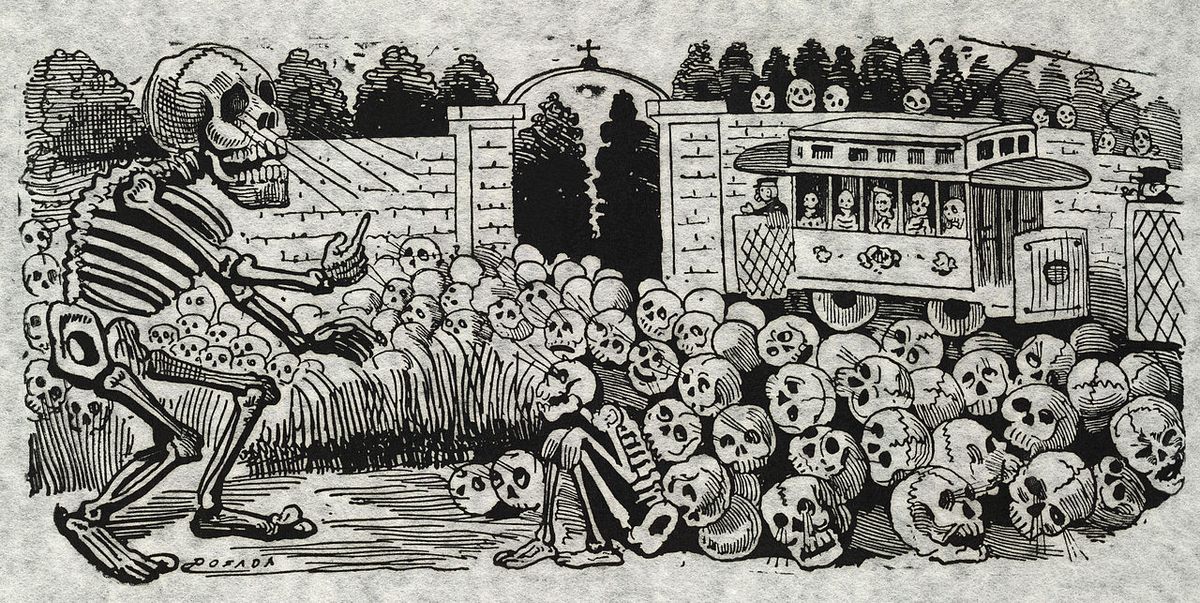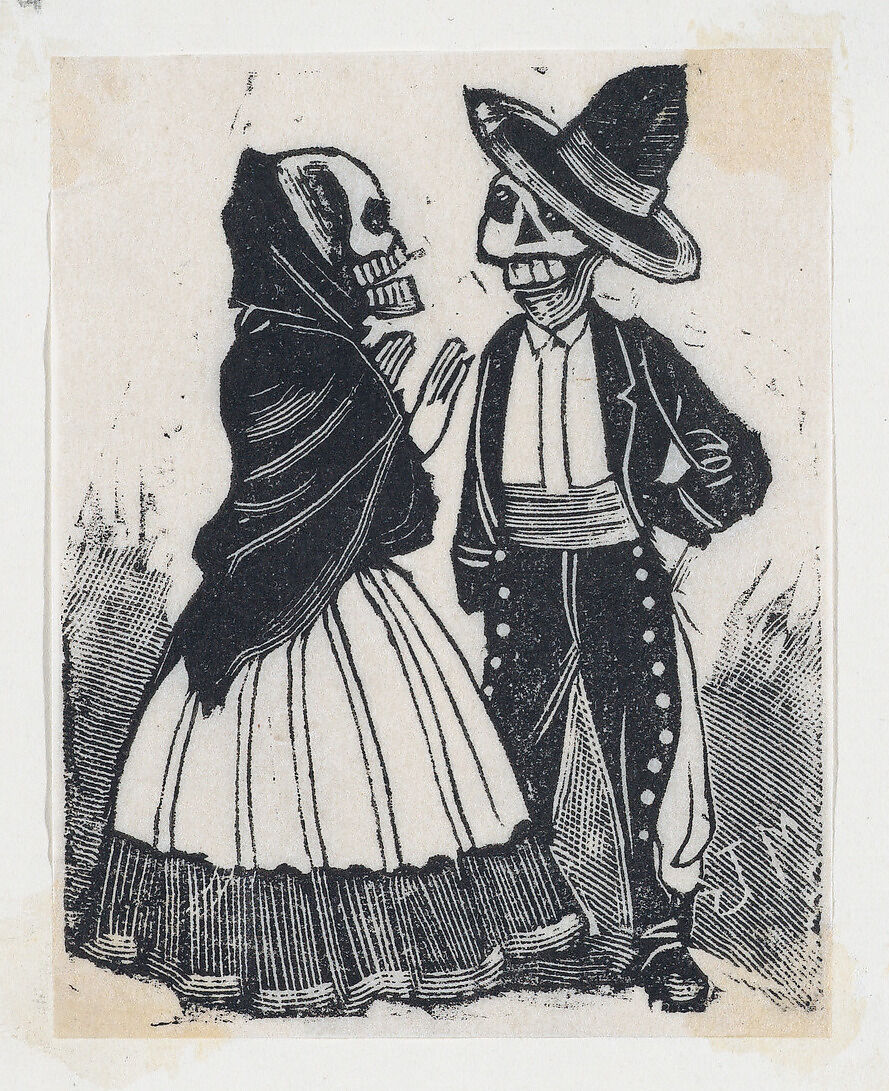“Adolf Eichmann went to the gallows with great dignity,” wrote the political philosopher Hannah Arendt, describing the scene leading up to the prominent Holocaust-organizer’s execution. After drinking half a bottle of wine, turning down the offer of religious assistance, and even refusing the black hood offered him at the gallows, he gave a brief, strangely high-spirited speech before the hanging. “It was as though in those last minutes he was summing up the lesson that this long course in human wickedness had taught us — the lesson of the fearsome word-and-thought-defying banality of evil.”
These lines come from Eichmann in Jerusalem: A Report on the Banality of Evil, originally published in 1963 as a five-part series in the New Yorker. Eichmann “was popularly described as an evil mastermind who orchestrated atrocities from a cushy German office, and many were eager to see the so-called ‘desk murderer’ tried for his crimes,” explains the narrator of the animated TED-Ed lesson above, written by University College Dublin political theory professor Joseph Lacey. “But the squeamish man who took the stand seemed more like a dull bureaucrat than a sadistic killer,” and this “disparity between Eichmann’s nature and his actions” inspired Arendt’s famous summation.
A German Jew who fled her homeland in 1933, as Hitler rose to power, Arendt “dedicated herself to understanding how the Nazi regime came to power.” Against the common notion that “the Third Reich was a historical oddity, a perfect storm of uniquely evil leaders, supported by German citizens, looking for revenge after their defeat in World War I,” she argued that “the true conditions behind this unprecedented rise of totalitarianism weren’t specific to Germany.” Rather, in modernity, “individuals mainly appear in the social world to produce and consume goods and services,” which fosters ideologies “in which individuals were seen only for their economic value, rather than their moral and political capacities.”
In such isolating conditions, she thought, “participating in the regime becomes the only way to recover a sense of identity and community. While condemning Eichmann’s “monstrous actions, Arendt saw no evidence that Eichmann himself was uniquely evil. She saw him as a distinctly ordinary man who considered obedience the highest form of civic duty — and for Arendt, it was exactly this ordinariness that was most terrifying.” According to her theory, there was nothing particularly German about all of this: any sufficiently modernized culture could produce an Eichmann, a citizen who defines himself by participation in his society regardless of that society’s larger aims. This led her to the conclusion that “thinking is our greatest weapon against the threats of modernity,” some of which have become only more threatening over the past six decades.
Related content:
Take Hannah Arendt’s Final Exam for Her 1961 Course “On Revolution”
Watch Hannah Arendt’s Final Interview (1973)
Based in Seoul, Colin Marshall writes and broadcasts on cities, language, and culture. His projects include the Substack newsletter Books on Cities, the book The Stateless City: a Walk through 21st-Century Los Angeles and the video series The City in Cinema. Follow him on Twitter at @colinmarshall or on Facebook.

